Kaliczyńska Małgorzata - Automation 2017: innovations in automations, robotics and measurement techniques
Here you can read online Kaliczyńska Małgorzata - Automation 2017: innovations in automations, robotics and measurement techniques full text of the book (entire story) in english for free. Download pdf and epub, get meaning, cover and reviews about this ebook. City: Cham, year: 2017, publisher: Springer Science+Business Media, genre: Computer. Description of the work, (preface) as well as reviews are available. Best literature library LitArk.com created for fans of good reading and offers a wide selection of genres:
Romance novel
Science fiction
Adventure
Detective
Science
History
Home and family
Prose
Art
Politics
Computer
Non-fiction
Religion
Business
Children
Humor
Choose a favorite category and find really read worthwhile books. Enjoy immersion in the world of imagination, feel the emotions of the characters or learn something new for yourself, make an fascinating discovery.
- Book:Automation 2017: innovations in automations, robotics and measurement techniques
- Author:
- Publisher:Springer Science+Business Media
- Genre:
- Year:2017
- City:Cham
- Rating:4 / 5
- Favourites:Add to favourites
- Your mark:
Automation 2017: innovations in automations, robotics and measurement techniques: summary, description and annotation
We offer to read an annotation, description, summary or preface (depends on what the author of the book "Automation 2017: innovations in automations, robotics and measurement techniques" wrote himself). If you haven't found the necessary information about the book — write in the comments, we will try to find it.
Kaliczyńska Małgorzata: author's other books
Who wrote Automation 2017: innovations in automations, robotics and measurement techniques? Find out the surname, the name of the author of the book and a list of all author's works by series.

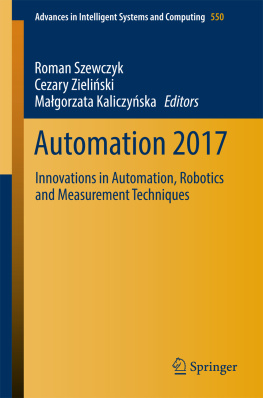

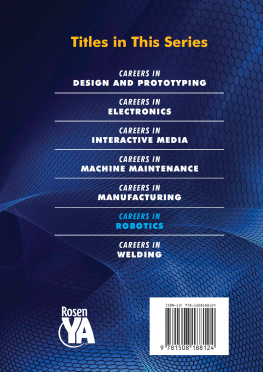
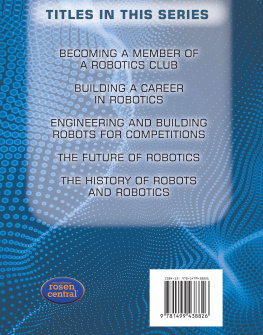
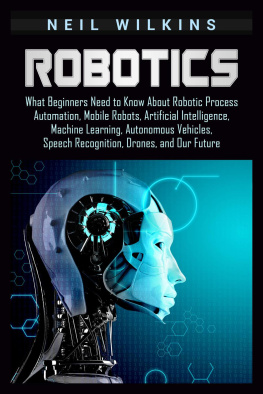
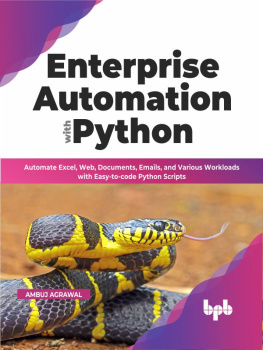
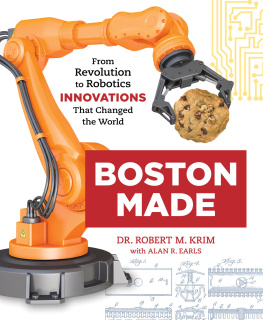

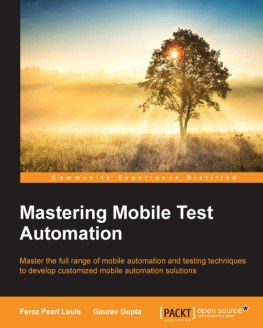

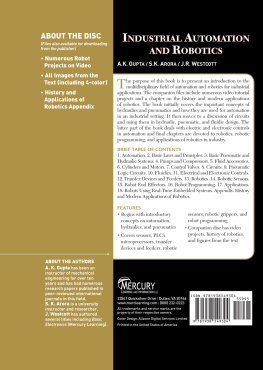
 . The nodes are represented by places
. The nodes are represented by places  , and transitions
, and transitions  . Two kinds of edges (from places to transitions and the edges from transitions to places) are given, respectively, in the form of the sets
. Two kinds of edges (from places to transitions and the edges from transitions to places) are given, respectively, in the form of the sets  and
and  . Next to the structure, P/T PN have also their dynamics which can formally be expressed as
. Next to the structure, P/T PN have also their dynamics which can formally be expressed as  . Here, X is the set of the state vectors
. Here, X is the set of the state vectors  of the places (
of the places (  symbolizes integers), U is the set of the state vectors
symbolizes integers), U is the set of the state vectors  of the transitions,
of the transitions,  is a transition function yielding the new state (marking) vector
is a transition function yielding the new state (marking) vector  based on both an existing state
based on both an existing state  and an occurrence of discrete events
and an occurrence of discrete events  . Dynamics, being the evolution of marking of the P/T PN places, is given by the linear discrete model
. Dynamics, being the evolution of marking of the P/T PN places, is given by the linear discrete model  restricted by the inequality
restricted by the inequality  ,
,  . Here,
. Here,  with
with  (i.e.
(i.e.  , where
, where  symbolizes natural numbers), is the marking vector expressing the state of the marking of the particular places (the number of tokens inside the places) and
symbolizes natural numbers), is the marking vector expressing the state of the marking of the particular places (the number of tokens inside the places) and  with
with  is the vector of the states of transitions (either disabled or enabled). The matrix
is the vector of the states of transitions (either disabled or enabled). The matrix  ,
,  , expresses the PN structure.
, expresses the PN structure.  (
(  ), (here
), (here  symbolizes non-negative integers) and
symbolizes non-negative integers) and  (
(  ) are the incidence matrices of the arcs corresponding, respectively, to the sets F and G .
) are the incidence matrices of the arcs corresponding, respectively, to the sets F and G .